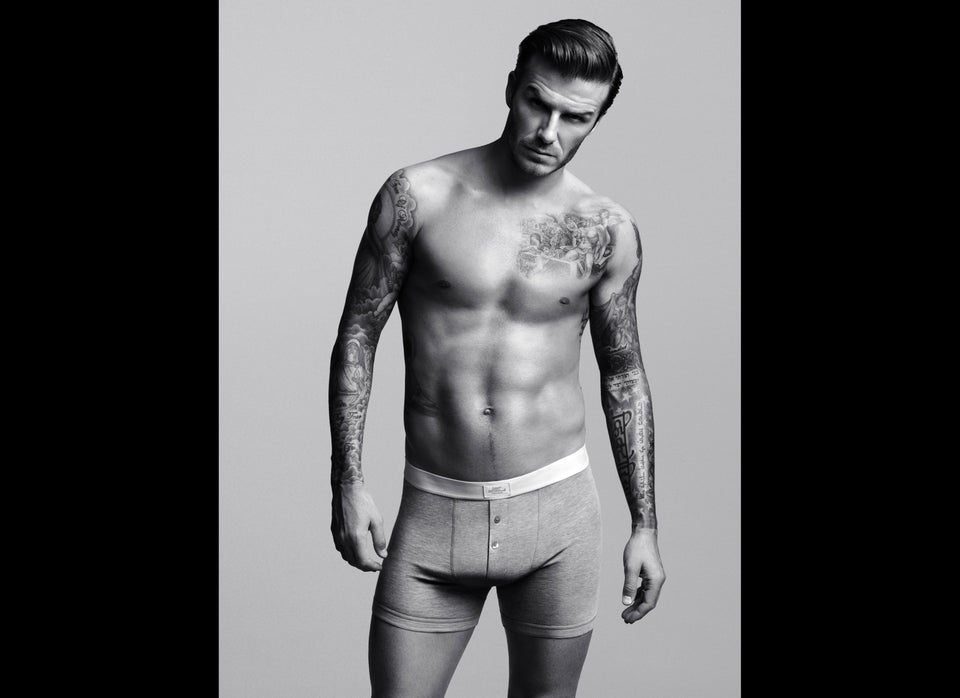
Australia's economy grew at a moderate pace last quarter as a long-awaited surge in resource exports helped offset softness elsewhere, while recent evidence suggests the growth pulse might have quickened since the start of the year.
Signs are that lower interest rates have started to spur consumption with a revival in retail sales, rising household wealth and improving confidence among consumers and businesses.
The Australian Bureau of Statistics reported gross domestic product (GDP) rose 0.6 percent in the fourth quarter, compared to the previous quarter when it grew an upwardly revised 0.7 percent. That was dead in line with forecasts.
The value of all goods and services produced was 3.1 percent higher than in the fourth quarter of 2011 at an inflation-adjusted A$372 billion ($381 billion).
"Australia has a Goldilocks economy - not too hot, not too cold, in fact just about right," said Craig James, chief economist at CommSec.
"Inflation is under control, unemployment is low, the economy is growing at a 'normal' pace and our government deficit and debt levels are low compared with other advanced nations," he explained. "To top it all off, Australia hasn't experienced a recession in 21 years."
Sensing the better mood, the Reserve Bank of Australia (RBA) skipped a chance to ease further at its March policy meeting this week, saying past cuts were still percolating through the economy. It slashed rates by 125 basis points last year, taking them to a record-matching low of 3 percent.
Markets have reacted by paring back expectations on how far or fast rates might fall from here. Interbank futures still have one more cut priced in, but not until July.
Crucially, it is not yet clear how the economy will cope when a seven-year old boom in mining investment finally plateaus in coming months. The RBA is pinning its hopes on a revival in non-mining investment, but so far the jury is out.
STILL AHEAD OF THE PACK
Wednesday's data did show an economy again outperforming its rich-world peers.
Australia's annual growth of 3.1 percent compared with 1.6 percent in the United States and 1.1 percent in Canada. The UK eked out growth of just 0.25 percent last quarter, while the EU economy contracted by 0.9 percent.
Output for the 12 months to December was worth A$1.5 trillion in current dollars, or about A$64,700 ($66,200) for each of Australia's 22.8 million people. That compares with per capita GDP in the United States of $50,300.
Australia passed Spain as the world's 12th largest economy last year, not bad for a country that is 52nd on the league table by population.
The main growth driver in the fourth quarter was exports as past spending on mining and liquefied natural gas projects began ramp up output, a trend that has years left to run.
As a result net exports, or exports minus imports, added 0.6 percentage points to growth in the quarter for the biggest contribution in almost four years.
That was just as well as household spending, which accounts for around 54 percent of GDP, was surprisingly subdued last quarter with a rise of just 0.2 percent.
Consumers spent less on hotels, eating out and recreation, while also cutting back on cigarettes and alcohol.
In contrast, spending was up on clothing, utilities, health care and food. And Australians clearly felt confident enough to splash out on new vehicles where spending jumped 6.6 percent in the quarter, to be up a hefty 23 percent for the whole year.
On the government side, spending was essentially flat last quarter and is likely to be a modest drag on growth this year as a lack of tax revenue forces the ruling Labor Party to tighten its purse strings.
Fortunately for the prospects of future rate cuts, there was little evidence of inflationary pressures in the report while productivity growth picked up to an impressive 3.5 percent.
(Editing by John Mair)

